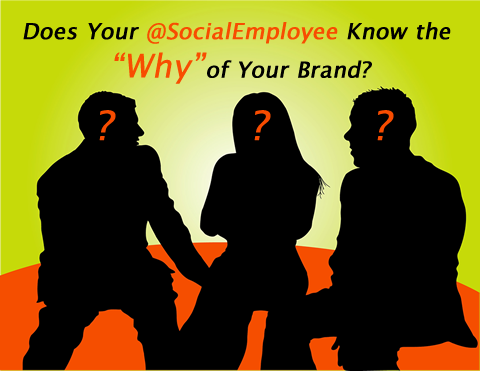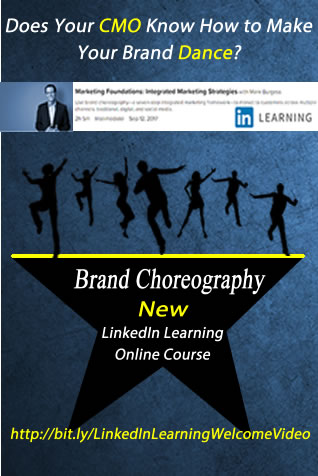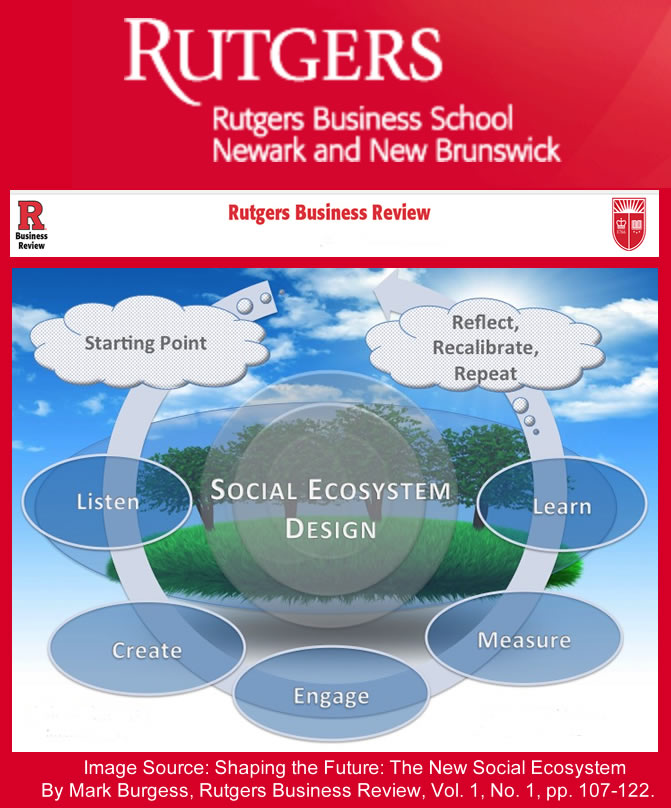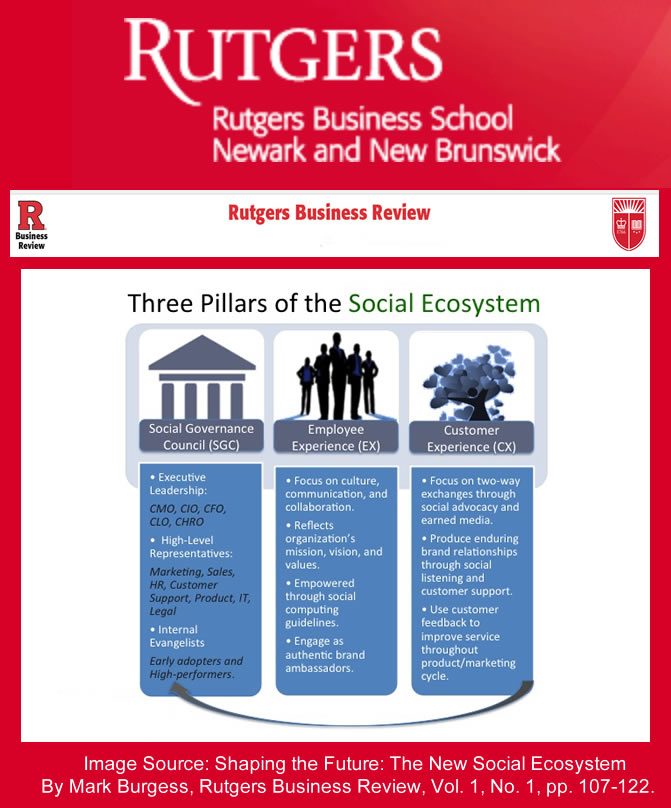The words we use in the business world speak to our collective dreams and aspirations. Every few years or so, new buzzwords come in to replace the old ones, pointing our way like the North Star to our future. The language we use reflects how we see ourselves at our very best, and we use these terms to project these best versions of ourselves to our communities.
I like to think it’s a sign of the times that words like “social employee,” “engagement,” “brand ambassadorship,” and “authenticity” are so fashionable. There may be a lot of uncertainty in the business world as we as a group learn what social business truly means in the real world, but there’s a lot of optimism as well, and these words reflect that.
While many have feared that social media adoption might depersonalize relationships both in the workplace and at home, we have come to find the opposite. Genuine human interactions can conquer any exchange, whether that exchange is mediated through smartphones, social plaforms like Twitter and LinkedIn, or an internal employee network such as IBM’s Connections.
Why the why matters
For words like “engagement” and “authenticity” to stay in fashion, they must continue to mean something to us. To echo Simon Sinek’s now-famous 2009 declaration, these words shouldn’t speak to what we do, but to why we do it. In conducting our extensive interviews for our recently released McGraw-Hill book, The Social Employee, Blue Focus Marketing co-founder Mark Burgess and I had the great fortune of learning how leading brands such as IBM built employee-focused initiatives centered around this very idea.
As we illustrate in the book, the path to social business lies through the social employee. A business’s employees are its brand ambassadors in the digital village. They must be trusted to represent their brands with care and professionalism and be given the latitude to make independent, in-the-moment decisions.
It is crucial to a brand’s social identity that every interaction radiates with authenticity. Phonies have a way of sticking out like sore thumbs in social media, and they can cause a brand to develop a pretty crummy reputation is a short amount of time. This is why the why matters, and why it must be built into a brand’s operating philosophy at the most fundamental levels.
The difference between motivated and engaged
Successful brands understand there is a Grand Canyon of difference between a motivated worker and an engaged employee. A motivated worker will get the task done, and they’ll probably even do it reasonably well. However, one who is simply motivated will work more in service of keeping their job or earning their next paycheck rather than in service of the brand. They’re not a detriment to a business per se, but they’re not helping to propel it forward either.
The engaged social employee believes in their brand’s mission, vision, and values, working in service of the brand because they see themselves as a vital piece in their company’s quest to make the world a better place. IBM strives to build a Smarter Planet. Southwest Airlines is Doing the Right Thing. For these brands, these aren’t mere slogans. They’re guiding philosophies that inform everything they do.
Building employee buy-in around your philosophy requires two essential components: (1) strong, lead-by-example executive leadership, (2) making your employees cocreators, and therefore stakeholders, of that philosophy.
The social executive as catalyst
The need for strong executive leadership has never been greater, but in the social business landscape, it requires something that many members of the C-Suite aren’t accustomed to: visibility. BRANDFog has found that 82 percent of consumers are more likely to trust a brand whose executives engage in social media, although far too few executives are actually engaging on customer-facing platforms.
Of course, this isn’t all about what the customer sees. One of the fundamental arguments of The Social Employee is that a brand cannot communicate externally unless it first learns to communicate internally. How executives reach out, communicate, and make themselves available to their own employees sets a cultural tone. By showing employees that they are ready to walk the talk through daily video blogs or engaging on internal social networks, that executive is leaving no ambiguity as to what the company expects from its employees, or why they think these behaviors are valuable.
Doing so shows accountability and transparency, but it also demonstrates that the why, the foundation of a brand’s mission, vision, and values, is not all bluster and hot air. We humans are social creatures at heart, and when we see someone else, especially our superiors in the workplace, modeling specific target behaviors, we are far more inclined to follow suite and believe that it is the right thing to do. And accountability, engagement, and transparency are always the right thing to do.
Knowing the why means having a stake in the outcome
Many companies are still learning that traditional command-and-control models may not be the best fit for the 21st-century social business. But the truth is that giving your social employees a stake in the outcome by inviting them to contribute directly to the process can yeild powerful results. Just ask IBM, whose decision to let its employees design its social computing guidelines led to what some have called the Magna Carta of social communication.
This post was originally published on IBM’s Smarter Planet Blog.














I love this. I agree, there is a difference between a motivated employee and an engaged social employees. Phonies do stick out like a sore thumb and being phony actually defeats the entire purpose of social media. Great article!
Hi Cheryl,
I can totally relate to this. I have a team of 30 employees and most of them are just working for money! They don’t really care what the brand is all about and at times, it can be very demotivating. However, I always believe that it takes time to grow them.
Slowly but sure, I am seeing a few coming out of their ‘safe zones’.
Thanks for the lovely write and shared on Triberr 🙂
Reginald